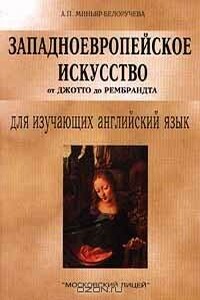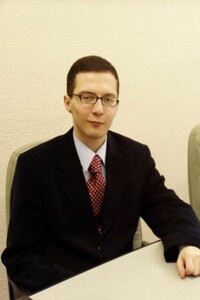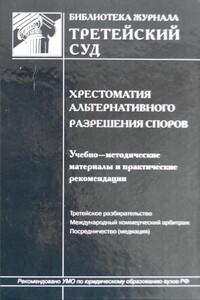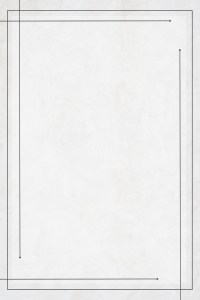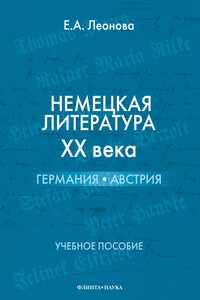Западноевропейское искусство от Джотто до Рембрандта. Для изучающих английский язык | страница 7
On the narrow entrance wall to the chapel Masaccio painted his vision of the ExpulsionfromEden. In this fresco the clothed angel floats above, sword in one hand, the other hand points into a desolate and treeless world. Adam's powerful body is shaking with sobs; he covers his face with his hands in a paroxysm of guilt and grief. Eve covers her nakedness with her hands, but lifts up her face in a scream of pain. Masaccio's drawing of the human figures and faces is masterly. Never before the nude figures had been painted with such breadth and ease; and the man's separation from God had never before been represented with such tragic intensity.
Masaccio made a great advance in both linear and aerial perspective; his figures were placed firmly on different planes in the same composition. Masaccio's style was characterised by his contemporaries as «pure, without ornament». By the fifteenth century the Brancacci Chapel had become the place where young artists including Michelangelo, went to learn from Masaccio – the basic principles of form, space, light, and shade of the Renaissance painting.
Make sure you know how to pronounce the following words:
Masaccio; Renaissance; Donatello; Florence; Apostles; Galilee; Capernaum; Milan; Eden; archaic; paroxysm
Tribute Money – «Чудо со статиром»(«Подать»)
Expvlsionfrom Eden – «Изгнание из Рая»
Enthroned Madonna and Child – «Мадонна с Младенцем на Престоле»
the Passion – Страсти Господни
I. Read the text. Mark the following statements true or false.
1. Masaccio was the first founder-figure of Italian painting.
2. 'Nothing is seen without light' was Giotto's maxim.
3. Masaccio created a new sense of supernatural reality.
4. Late life Masaccio revolutionised the art of painting.
5. In a paroxysm of guilt and grief Eve covers her face.
6. The Arena Chapel became the place where young artists studied the basic principles of the Renaissance painting.
II. How well have you read? Can you answer the following questions?
1. What did Masaccio paint at the age of twenty-five?
2. How did Masaccio develop Giotto's innovations? What miracle did Masaccio perform?
3. Is the Enthroned Madonna and Child a Gothic or Renaissance picture? Why?
4. What does the subject of the Tribute Money recount? How did Masaccio group the figures?
5. What differs the Masaccio from the Giotto? How far did Masaccio take the observer into his painting the Tribute Money?
6. What is represented in the
